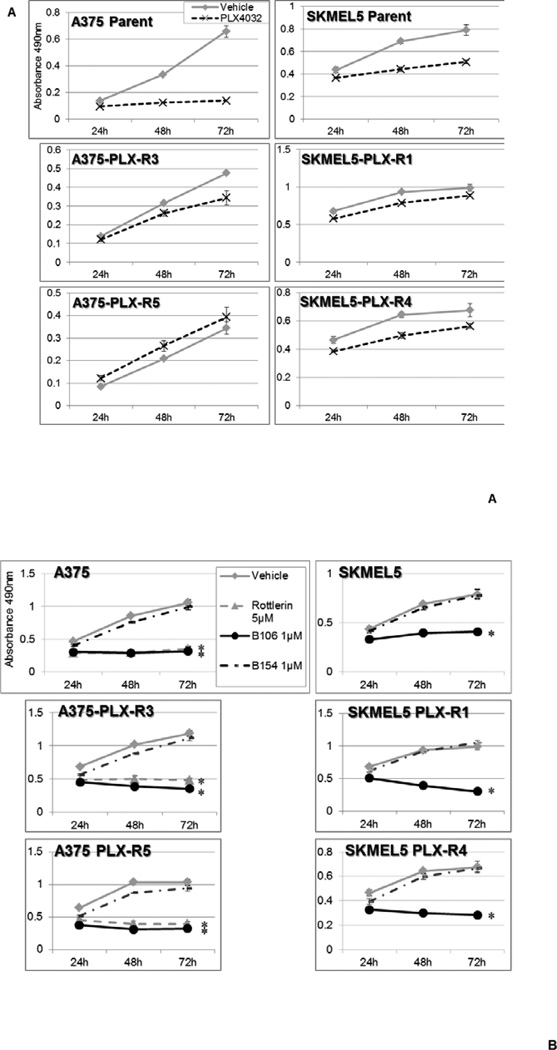Figure 7. PKCδ inhibitors suppress growth of PLX4032-resistant BRAF mutant melanoma cells.
(A) Establishment of PLX4032-resistant cell sub-lines. To establish PLX4032 resistant cell lines, two individual melanoma cell lines with BRAF mutations, A375 and SKMEL5, were continuously exposed to increasing concentrations of PLX4032 up to 10 µM (A375) and 2 µM (SKMEL5). To confirm resistance to PLX4032, the viability of PLX4032-resistant cells and their parental cells was measured by MTS assay during treatment with PLX4032 at 1 µM.
(B) PKCδ inhibitors suppress survival of PLX4032-resistant cells. Two PLX4032-resistant cell sub-lines derived from A375 (Left) and SKMEL5 (Right) cells were exposed to rottlerin (5 µM) or B106 (1 µM) for 24, 48 or 72 hr and MTS assays were performed at each time point. DMSO and B154 (1 µM) served as a vehicle control and a negative compound control, respectively. Each point represents the average of triplicates and error bars indicate the standard deviations. P values (*) were calculated between DMSO (vehicle control) and rottlerin 5 µM, or DMSO and B106, 1 µM in each cell line at 72 hr (p < 0.0002).

